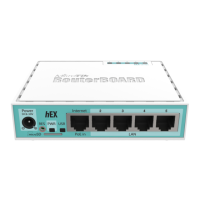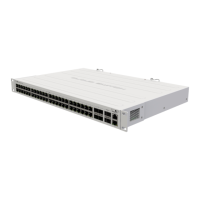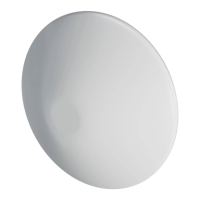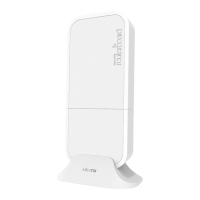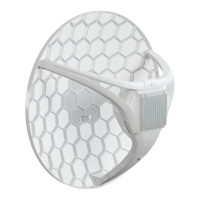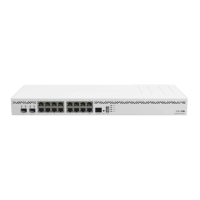RouterBOARD 450/G Series User's Manual
LAN2-5 Port
These Fast Gigabit Ethernet ports are recognized as the second-fifth LAN interface. These ports do not
support Power over Ethernet.
All cables made to EIA/TIA 568A/B cable specifications will work correctly (see Connector Index for
pinout). Note that this port supports automatic cross/straight cable correction (Auto MDI/X), so you can use
either straight or cross-over cable for connecting to other network devices.
DB9 Serial Port
The RS232C standard male DB9 asynchronous serial port may be used for initial configuration, or for
attaching a modem or any other RS232 serial device. TxD (pin 3) of this port has -5V DC power when idle.
Some signals are not connected, so this implementation may not be considered to support full hardware
flow-control, so software flow-control (XON/XOFF) or none at all should be used.
LEDs
Power LED
Power LED is on when the board is powered.
User LED
User LED may be programmed at user's option. It is lit by default when the board starts up, then it is turned
off when the bootloader runs kernel.
User's Guide
Assembling the Hardware
First to use the board:
● Connect ethernet cables
● Connect power cable
You can also order a pre-assembled system with RouterBOARD already installed in a case.
Powering
Power options:
● J9 power jack:
10..28V DC (cut-off voltage - 30V)
● Power over Ethernet (PoE) on the J601 LAN1 Ethernet port:
14..28V DC (18..28 V suggested; cut-off voltage - 30V) non-standard PoE powering support
The board has two direct-input power jacks J801 and J803 for use with different cases (5.5mm outside and
2mm inside diameter, female, pin positive plug) and can as well be powered with PoE. All power inputs are
always active, but only one should be used at the same time.
RouterBOARD 450 series boards are equipped with a reliable 25W onboard power supply with overvoltage
protection. 12..28 V DC input voltages are accepted, but when powered over long cables, it is suggested to
use at least 18V. The system is tested with 24V solar/wind/RV systems with 27.6 charge voltage.
Overvoltage protection starts from about 27.8V-29V (depends on some part physical options, works
up to 60V), so the board will not be damaged if connected to a 48 or 60 V power line.
RouterBOARD 450 series boards are compatible with non-standard (passive) Power over Ethernet injectors
(except power over datalines) and accept powering over up to 100m (330 ft) long Ethernet cable connected
to the Ethernet port (J8). The board does not work with IEEE802.3af compliant 48V power injectors.
The maximum output of the power supply to the extension cards is normally at about 5.5A.
Booting options
First, RouterBOOT loader is started. It displays some useful information on the onboard RS232C
asynchronous serial port, which is set to 115200bit/s, 8 data bits, 1 stop bit, no parity by default. The loader
may be configured to boot the system from the onboard NAND module or from Ethernet network. See the
5

